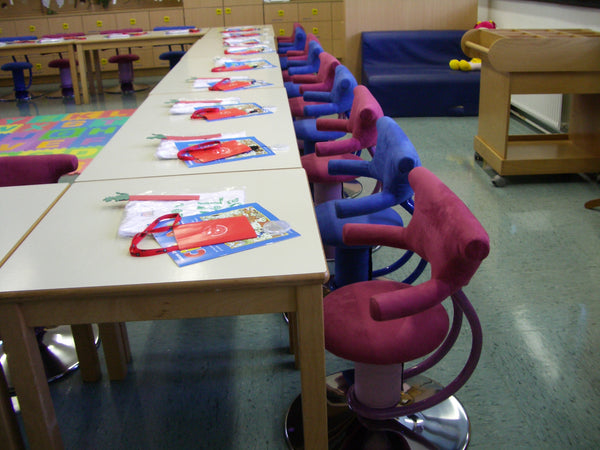Best Office Chairs for Scoliosis
Optimal Seating for Spinal Health
What is Scoliosis

Understanding Scoliosis

Treatment Approaches for Scoliosis
Despite ongoing research, a definitive cure for scoliosis has yet to be discovered. Current treatments focus on managing symptoms and mitigating curvature progression. Conservative approaches such as physiotherapy and bracing aim to enhance posture, strengthen back and core muscles, alleviate pain, and impede curve advancement.
Progressive Nature of Scoliosis
Scoliosis Preventive Measures

Best Chair for people with Scoliosis
Chairs lacking adequate support or posture management may exacerbate spinal strain and discomfort, undermining efforts to manage scoliosis symptoms effectively. SpinaliS Active sitting chairs offer a variety of models that you can test fro free before committing to purchase, learn more about how to pick the right chair here. You can also apply for a free trial here.
Core Exercise Prescription for people with Scoliosis
Spine Friendly School Chair Project
Project "a spine-friendly school" was 5 years long practical research about active sitting with school children, with one of the elementary schools in Ljubljana, Slovenia. Two school classes have been observed between 2006 and 2011. One class was equipped with the usual school chairs, while the second class had SpinaliS chairs designed for children sitting and working at the school.

The children were monitored annually by physiotherapists and orthopaedic surgeons. Their posture, back muscle strength and overall condition of the spine were checked. A psychotherapist also verified (through a video) the pupils’ concentration during school work. SpinaliS chairs also affect blood circulation and, consequently, the power of concentration. Video clips and psychological tests designed specifically for this project were performed once a year.
In the first and second year of the research, there were only differences in concentration and the ability to sit still since children in the first two years of school move a lot. Children sitting on SpinaliS chairs had sufficient movement on the chairs and were less restless and not getting up during class because they could swing and move while sitting. In the comparative class, there were more disturbances with rocking back and forth and more standing up. The results showed that concentration during tests and results were slightly better in the classroom with SpinaliS chairs since the first grade.
In the last comparison of the two classes, the differences were already very obvious: in the classroom with SpinaliS chairs back and abdominal muscles of the children were better developed, posture was better, and there were less overweight children in the class. Here is the Abstract from the Final Report of this research.
Doc. MUDr. Robert Rusnak, PhD, Neurosurgeon, Head of Neurosurgery Clinic Ruzomberok, Slovakia, Europe Expert Spine Friendly School project supervisor explains: "Every time when entering the operating room to confront frequently fatal outcomes, a persistent inquiry surfaced within my consciousness: "What is the root cause of these issues?" I am of the conviction that the primary issue lies in the absence of preventative measures. Consequently, I have chosen to align myself with a project whose core objective is the combat against spinal disorders. It is my steadfast belief that participation in this endeavor will yield significant advancements in this realm."

